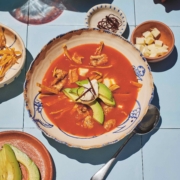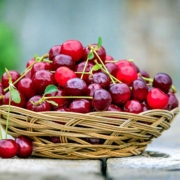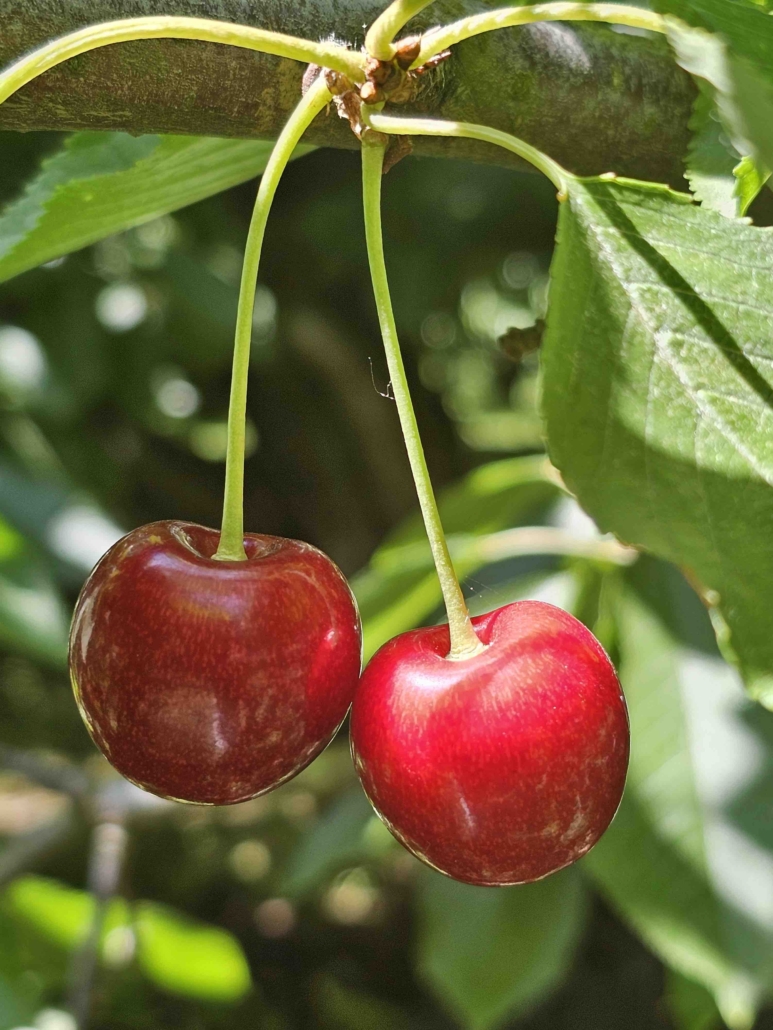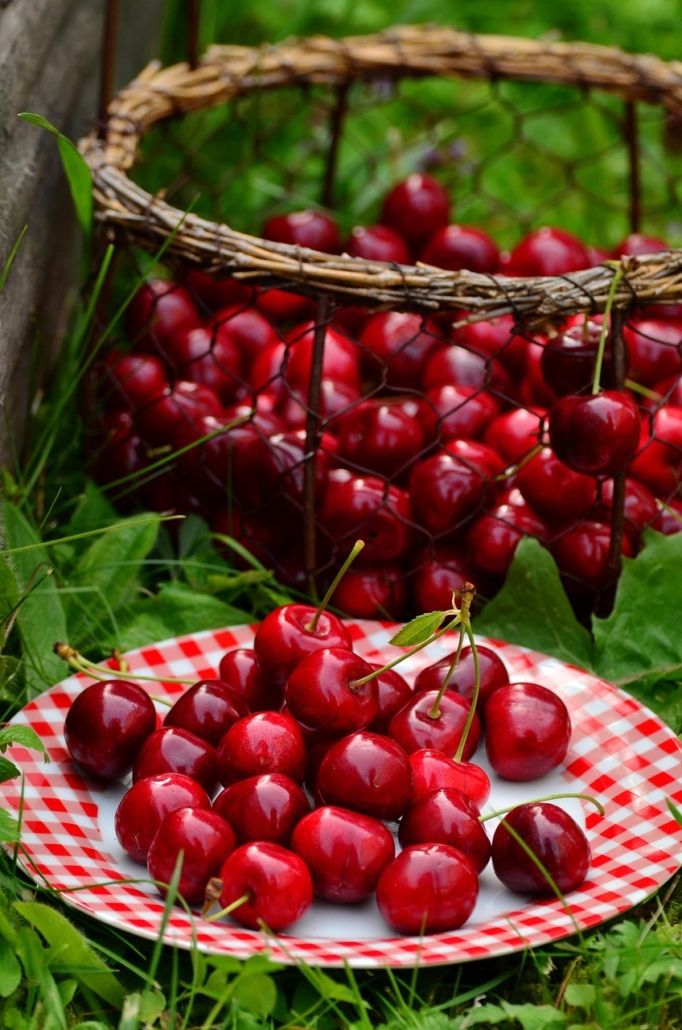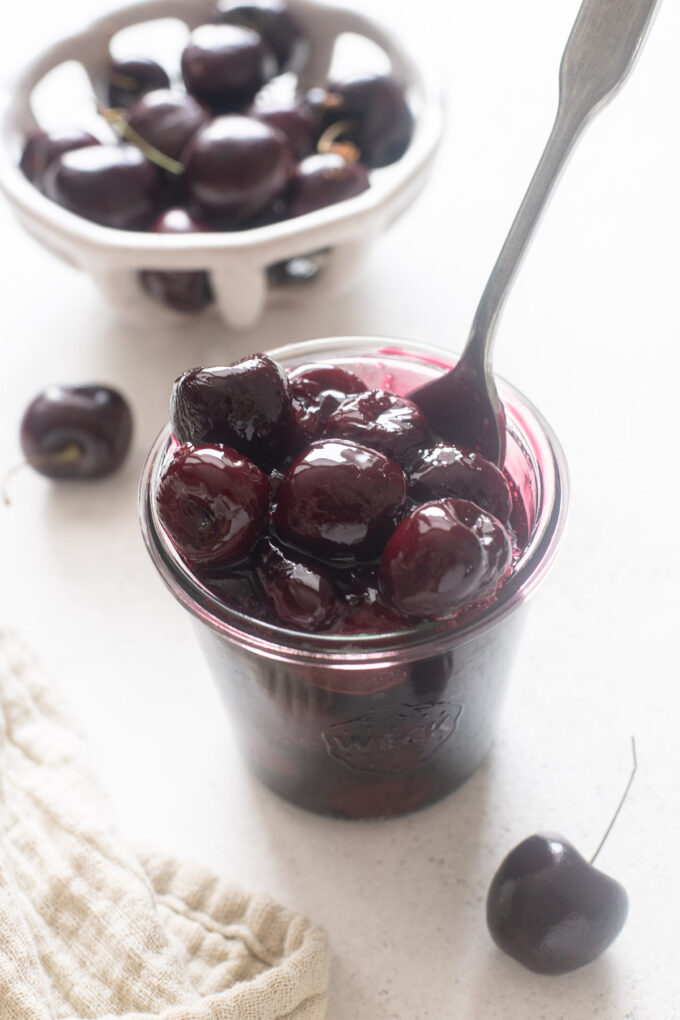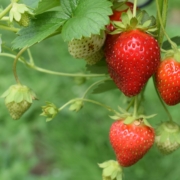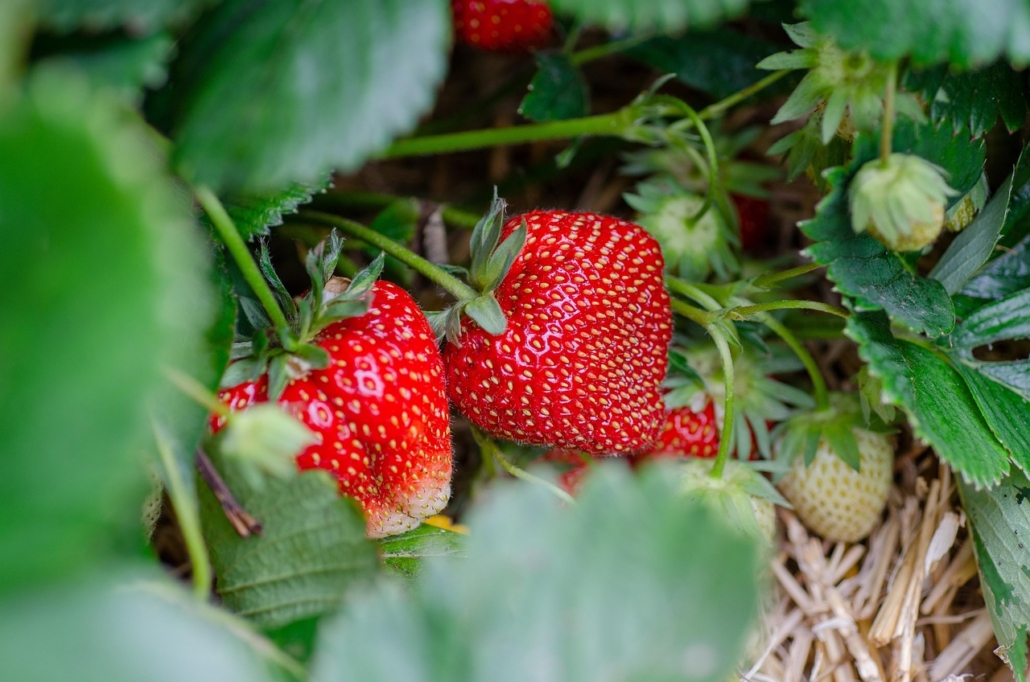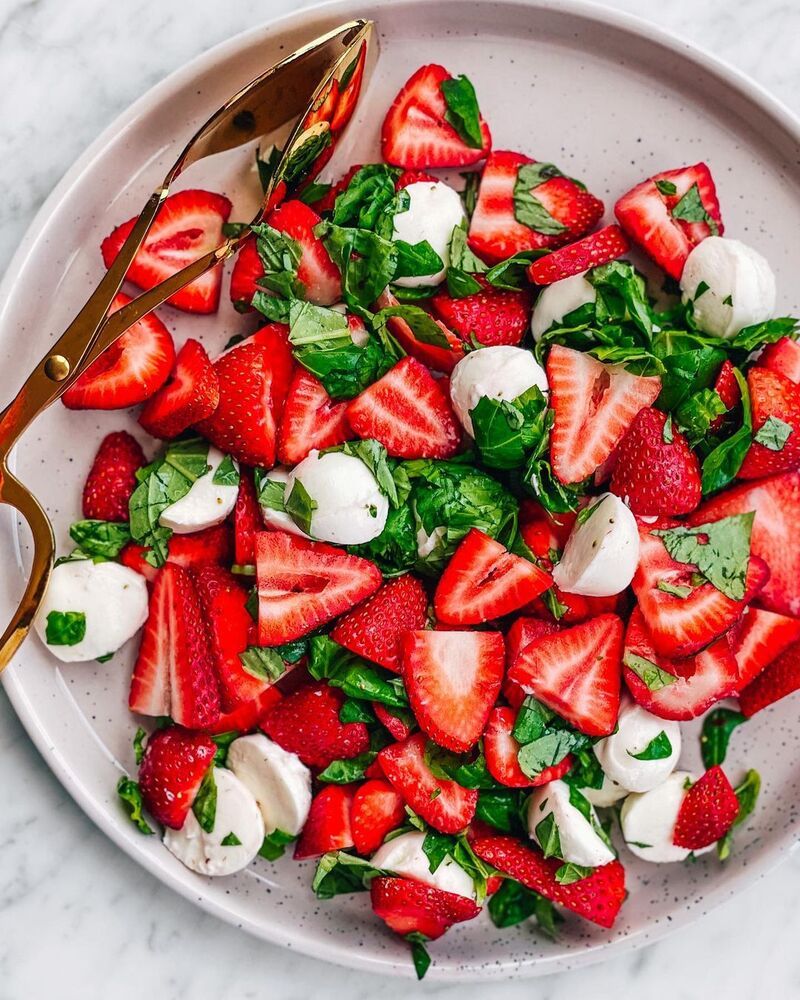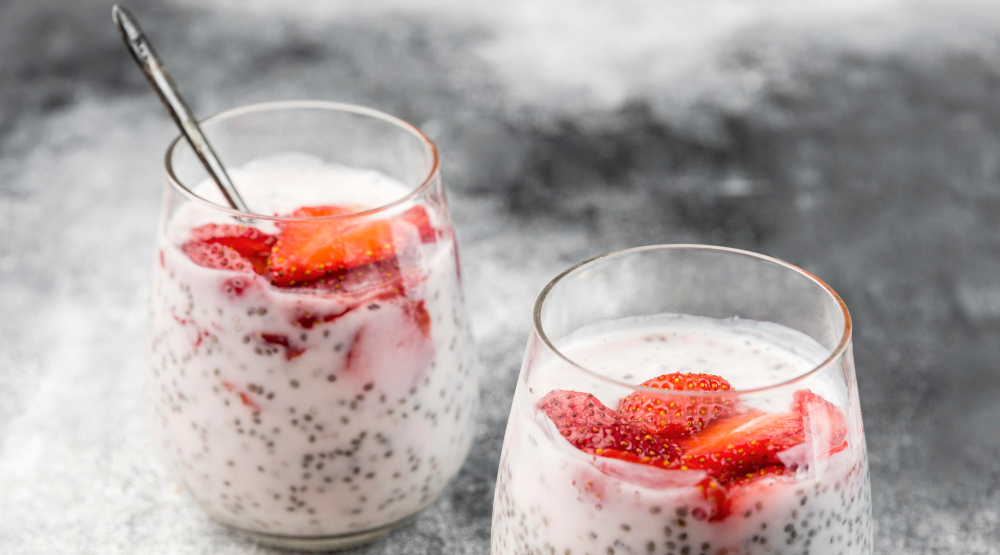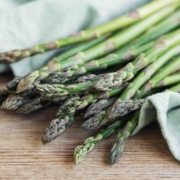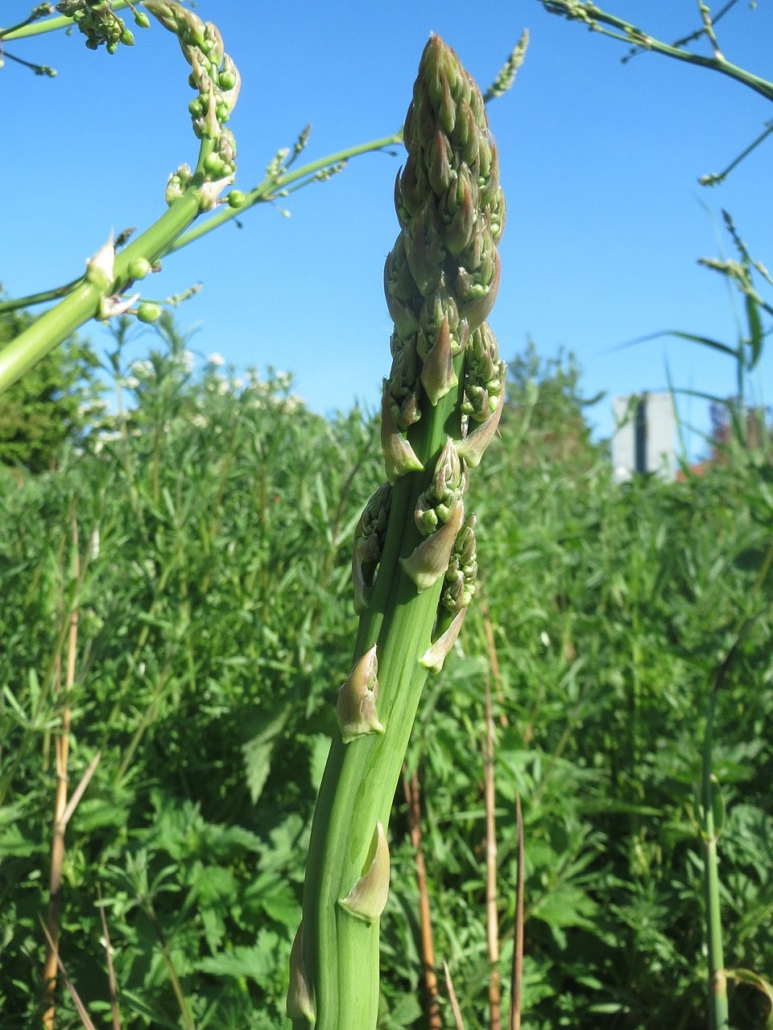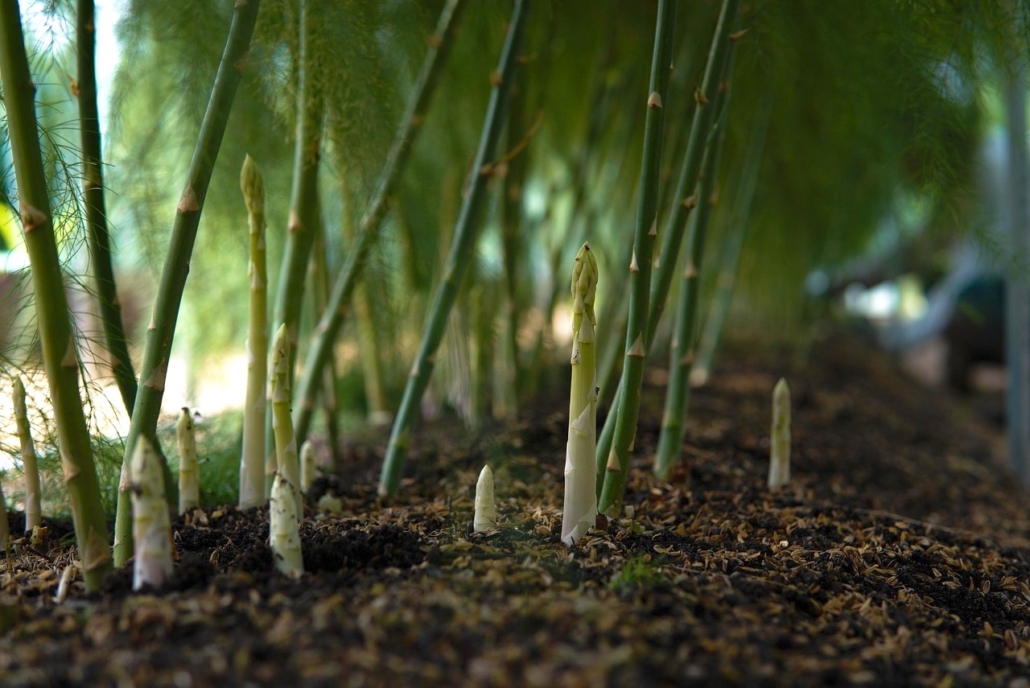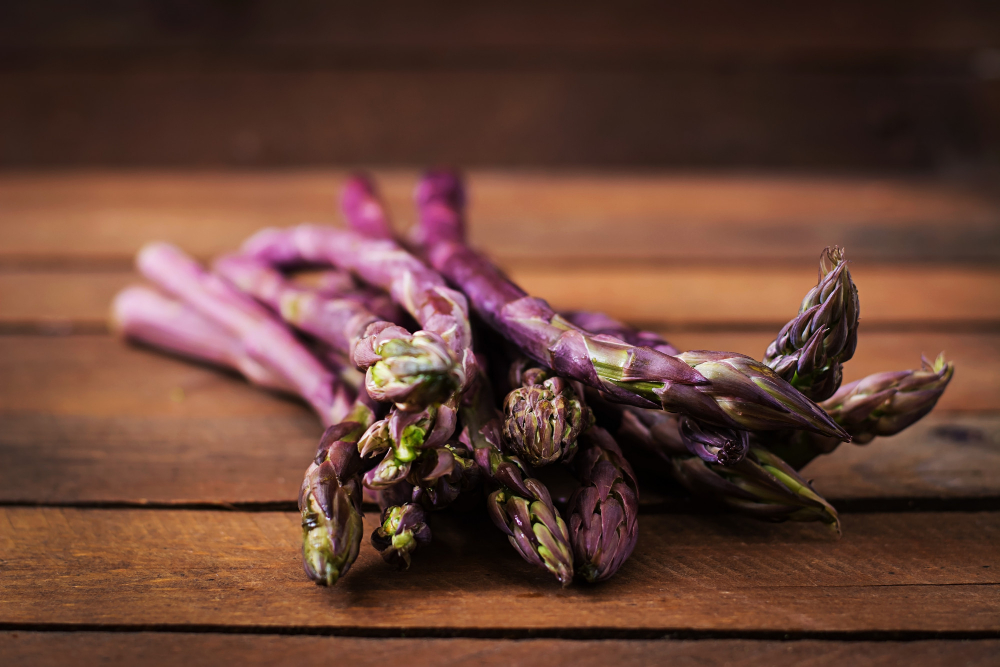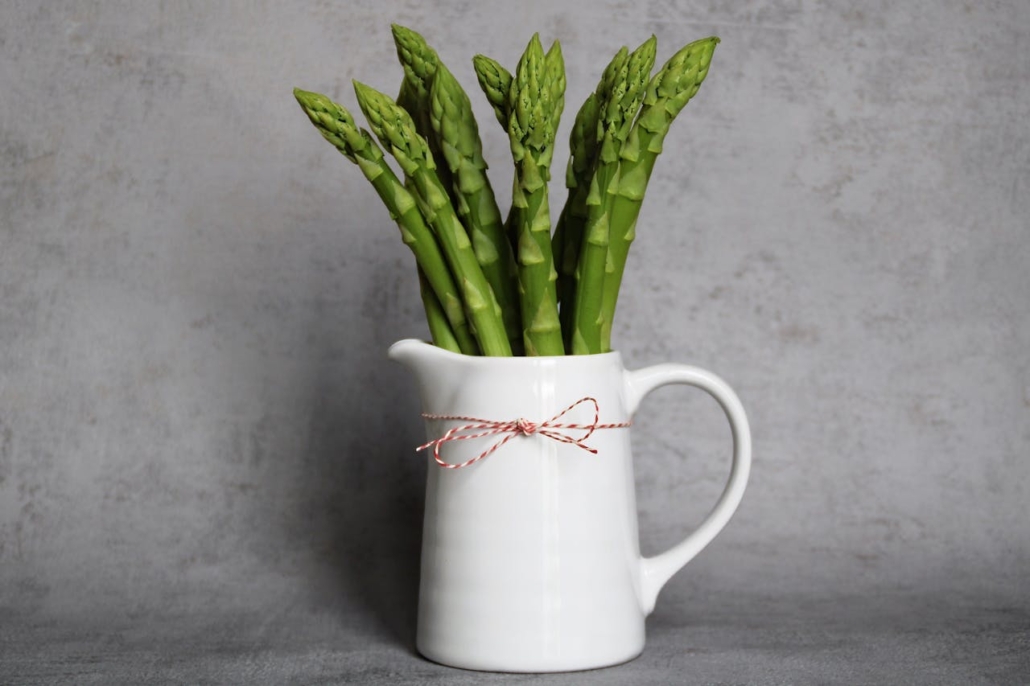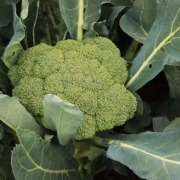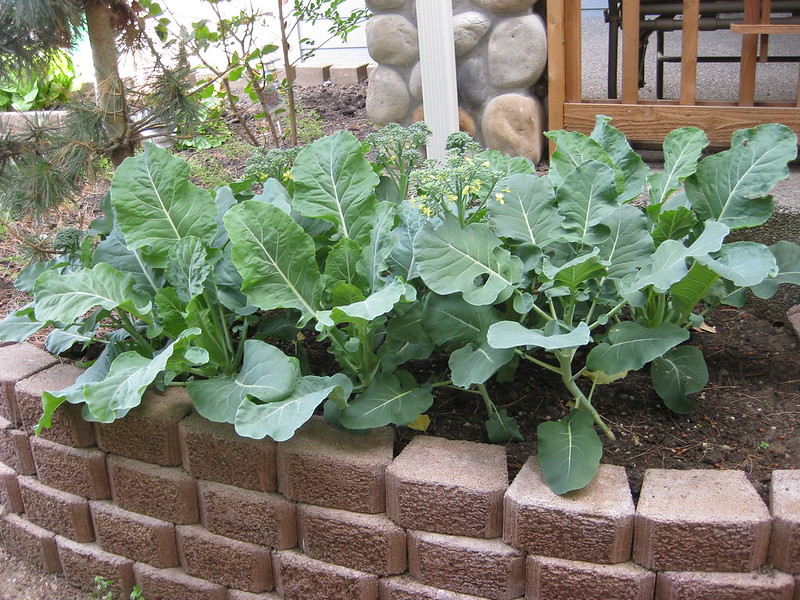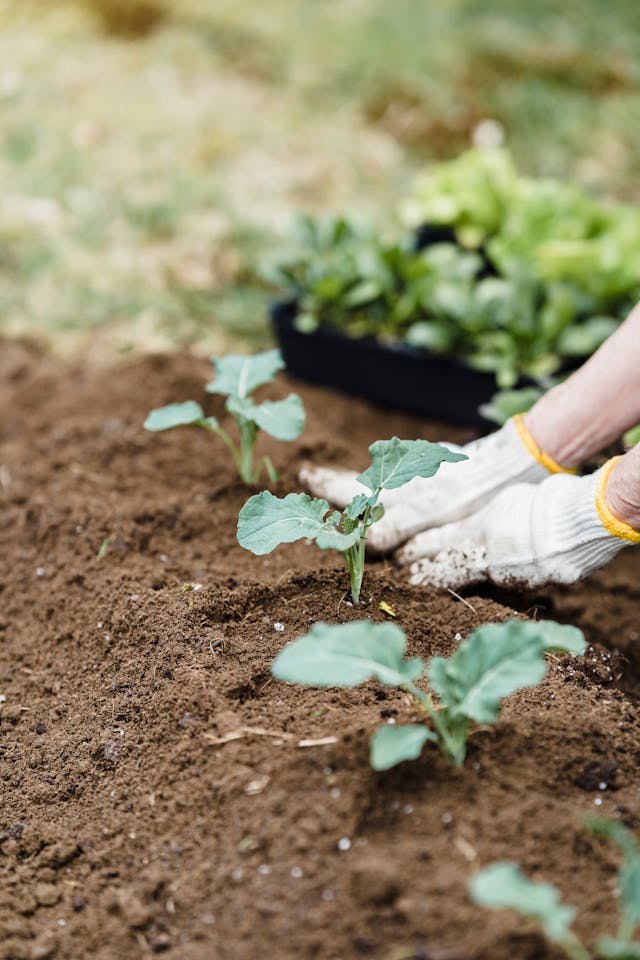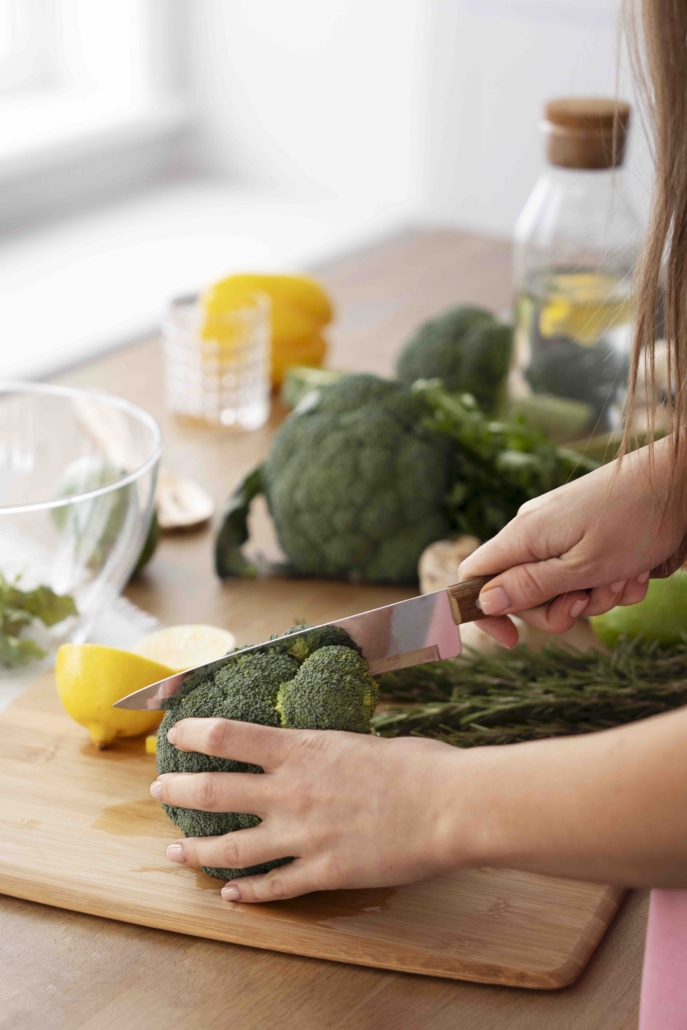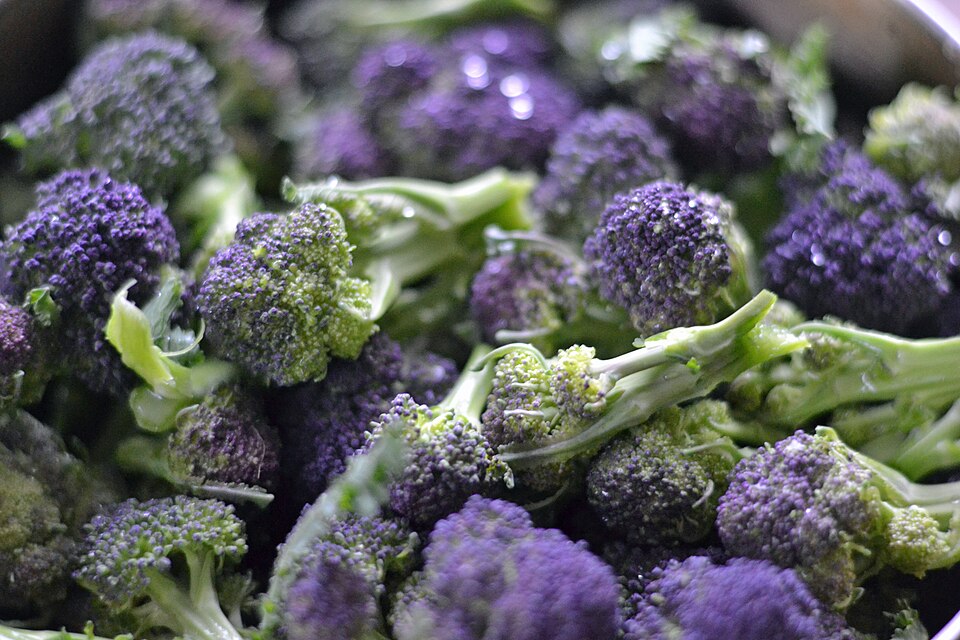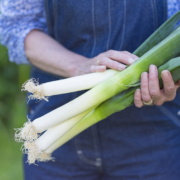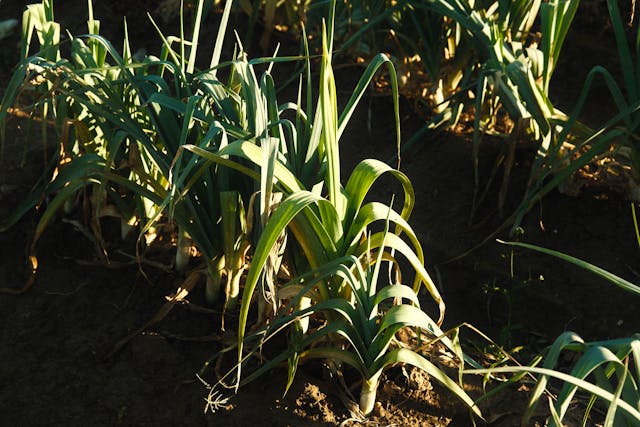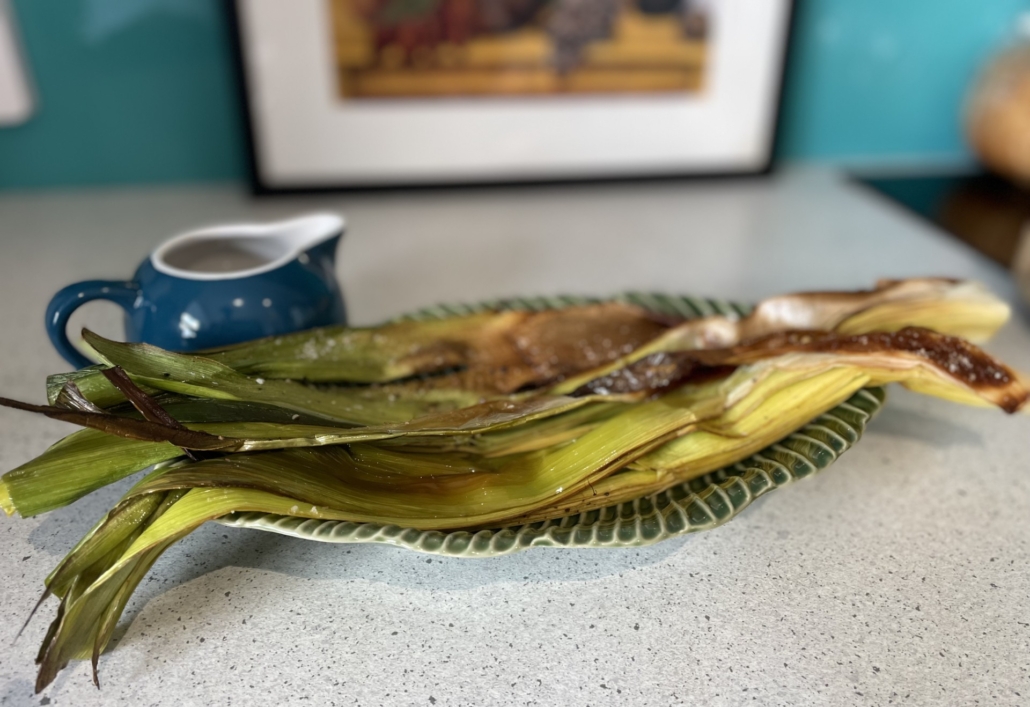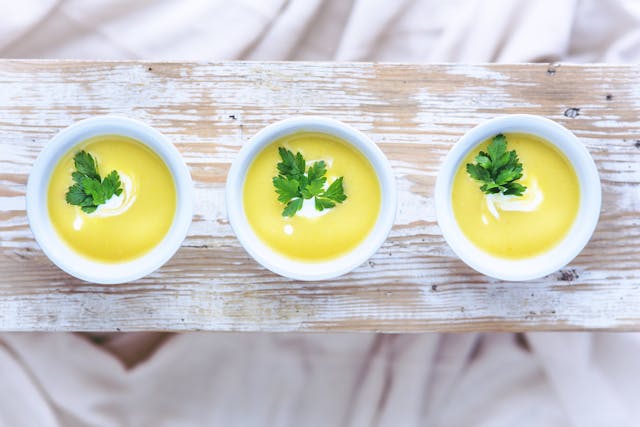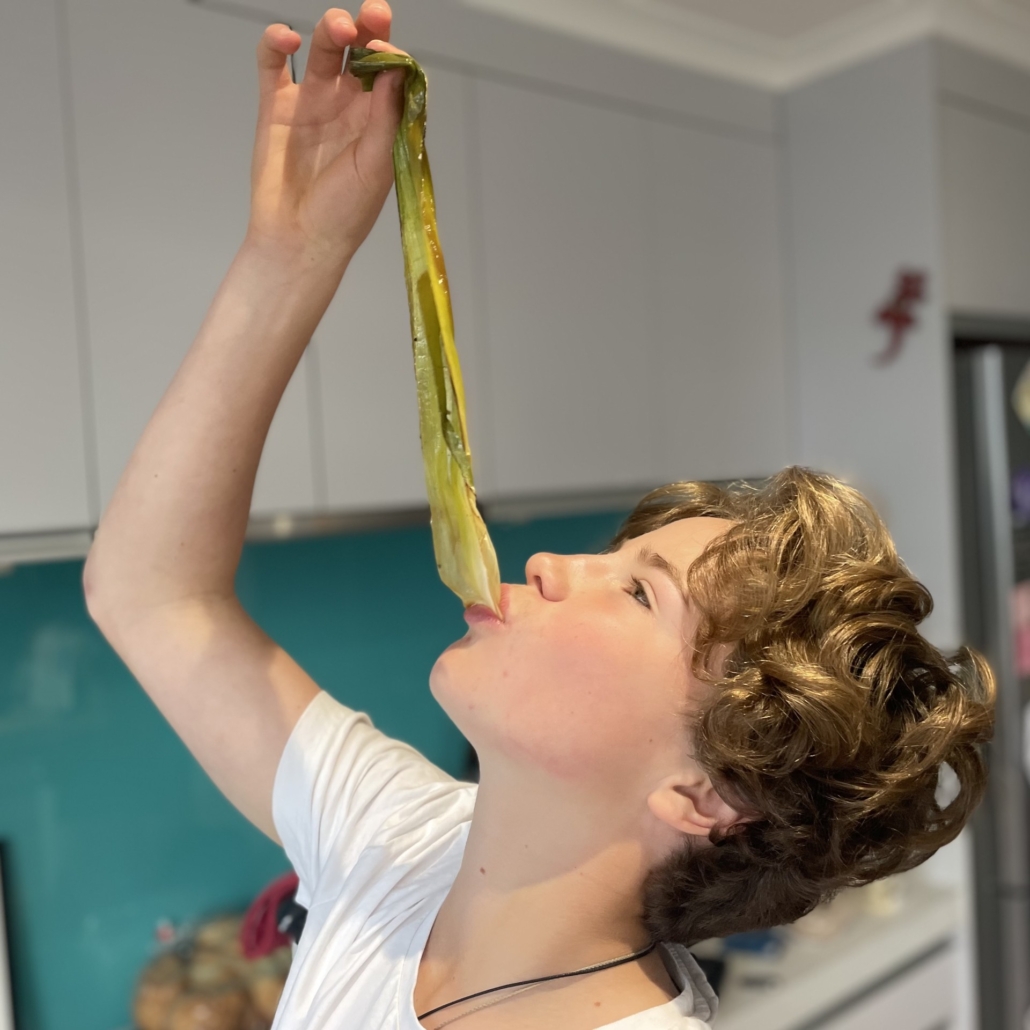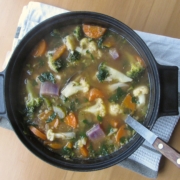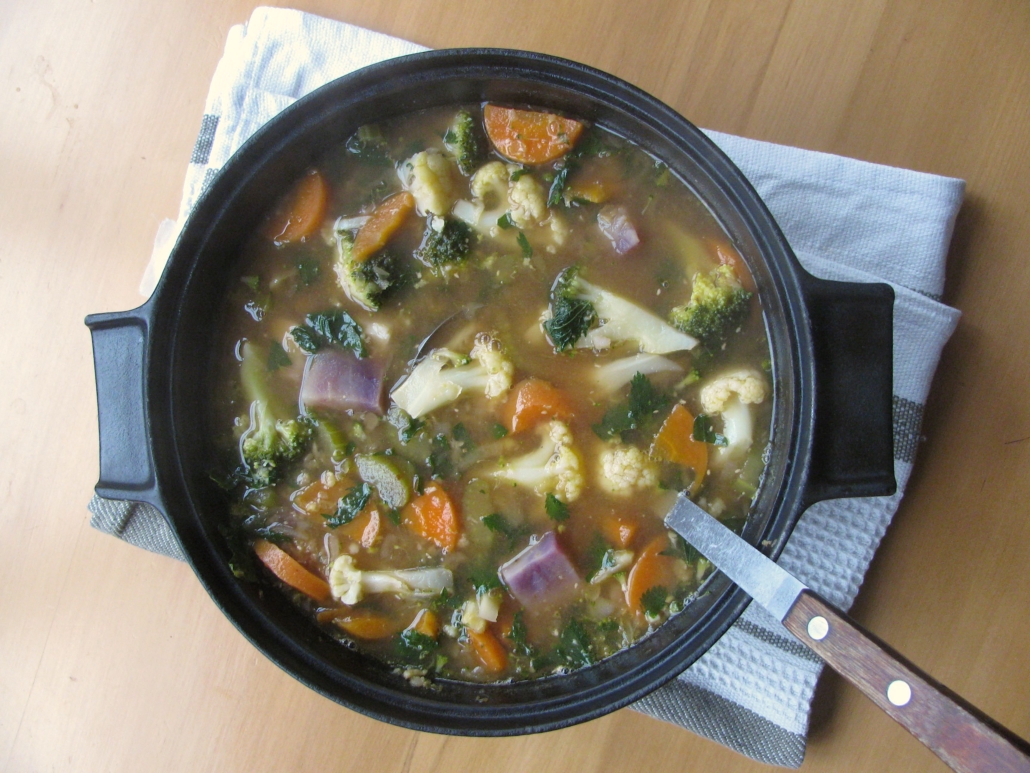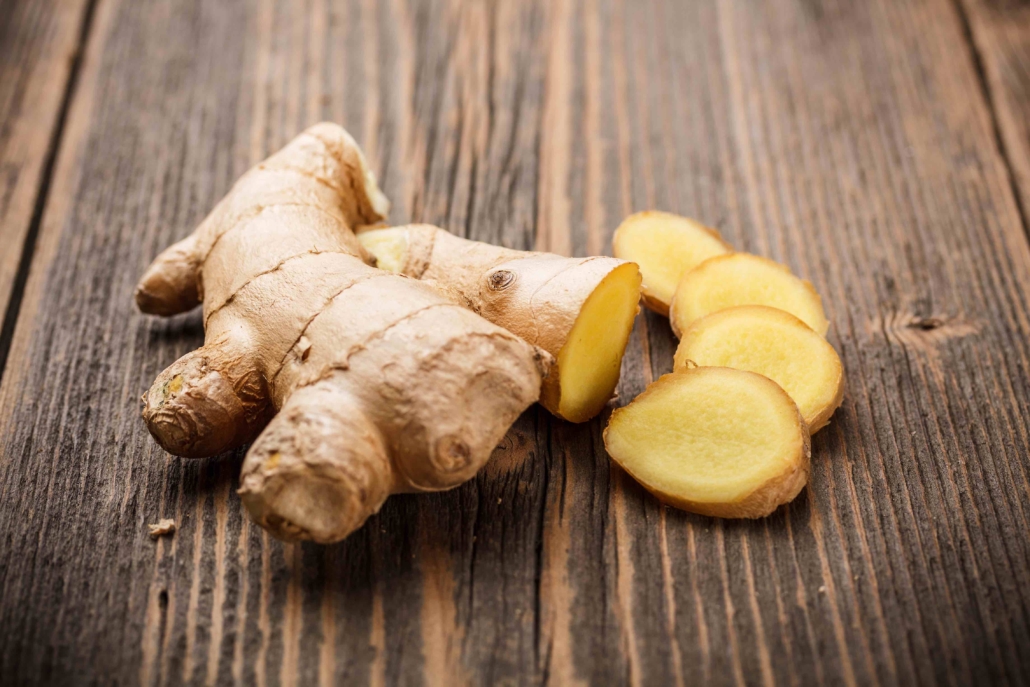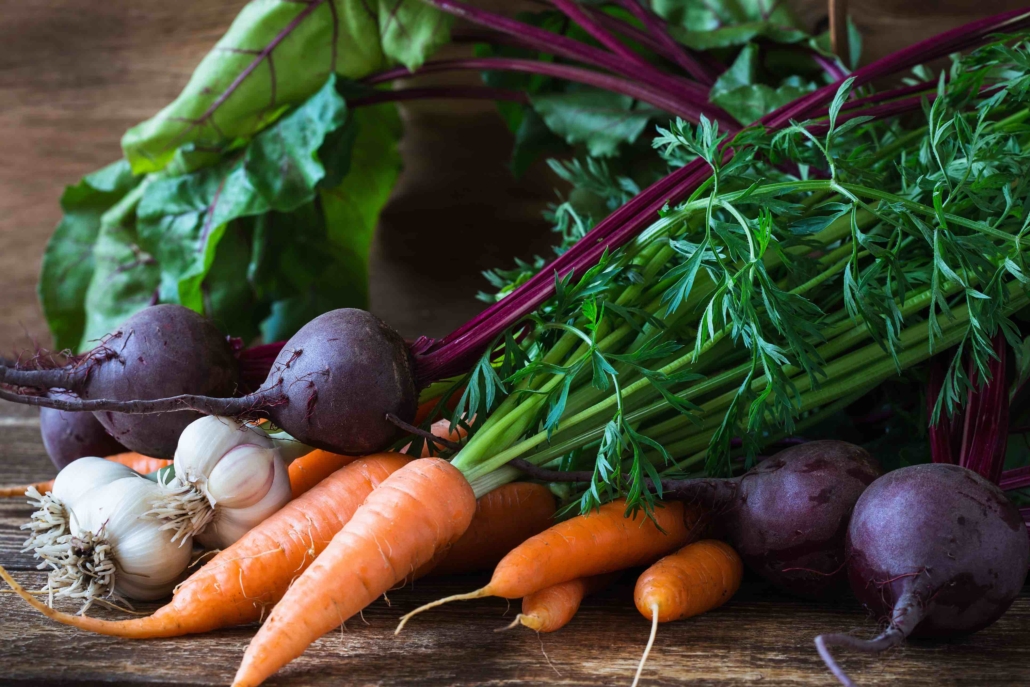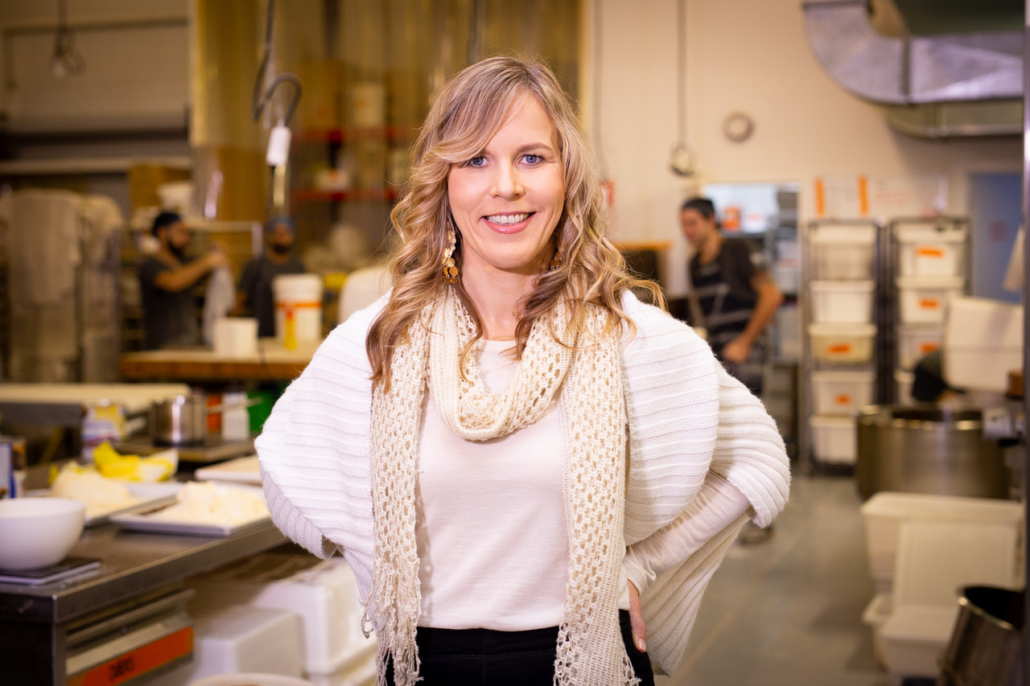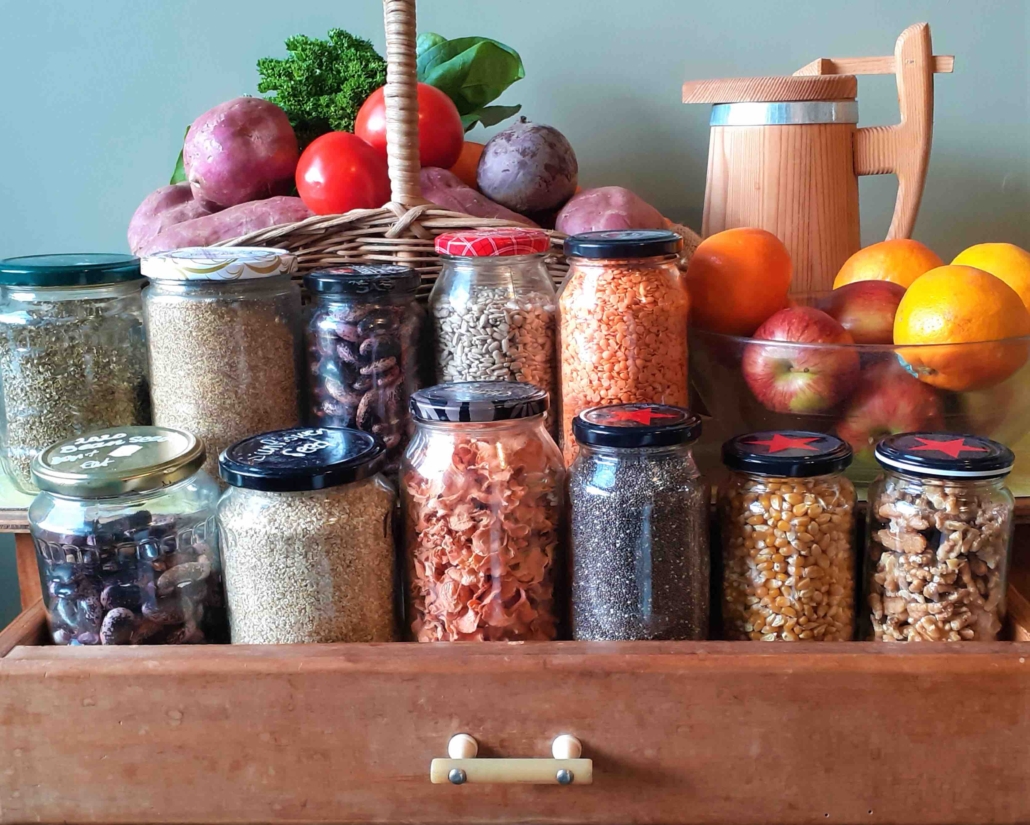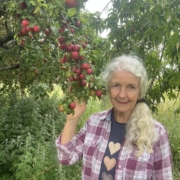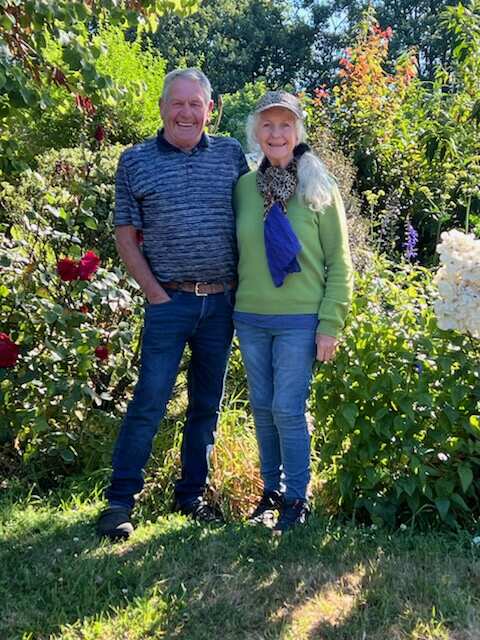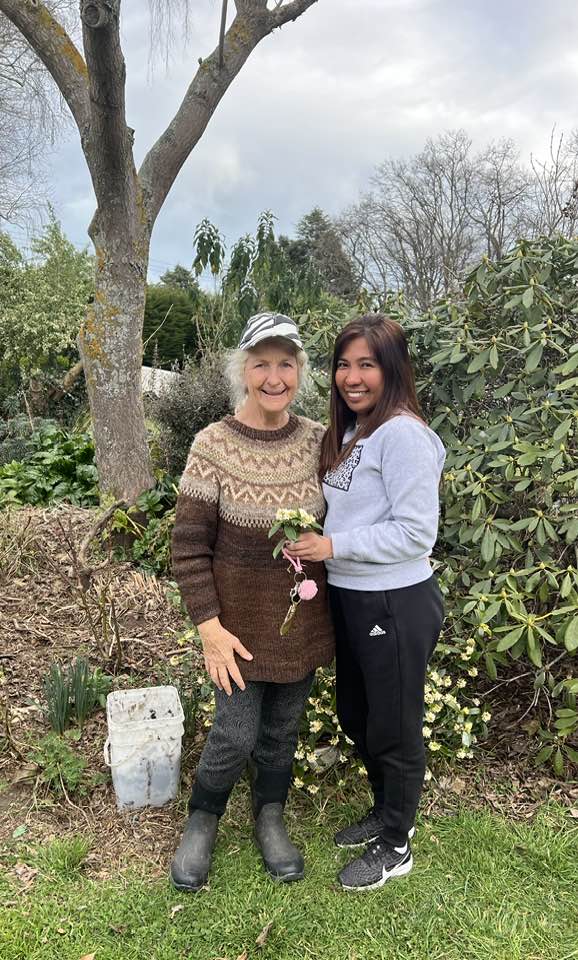Sopa de Tortilla – Tortilla Soup
by Daniella Guevara Muñoz
Sopa de tortilla is also known as sopa azteca or Aztec soup. It is a simple but delicious soup and, as the name hints, is full of tortillas. This soup has been on La Popular’s menu for years. Whenever we take it off, we get complaints. So it stays on.
Images and text from Provecho: Real Mexican Food at Home by Daniella Guevara Muñoz, photography by Simon Bajada. Murdoch Books RRP $49.99. (Tortilla soup p.54-55)
We hope you enjoy this free article from OrganicNZ. Join us to access more, exclusive member-only content
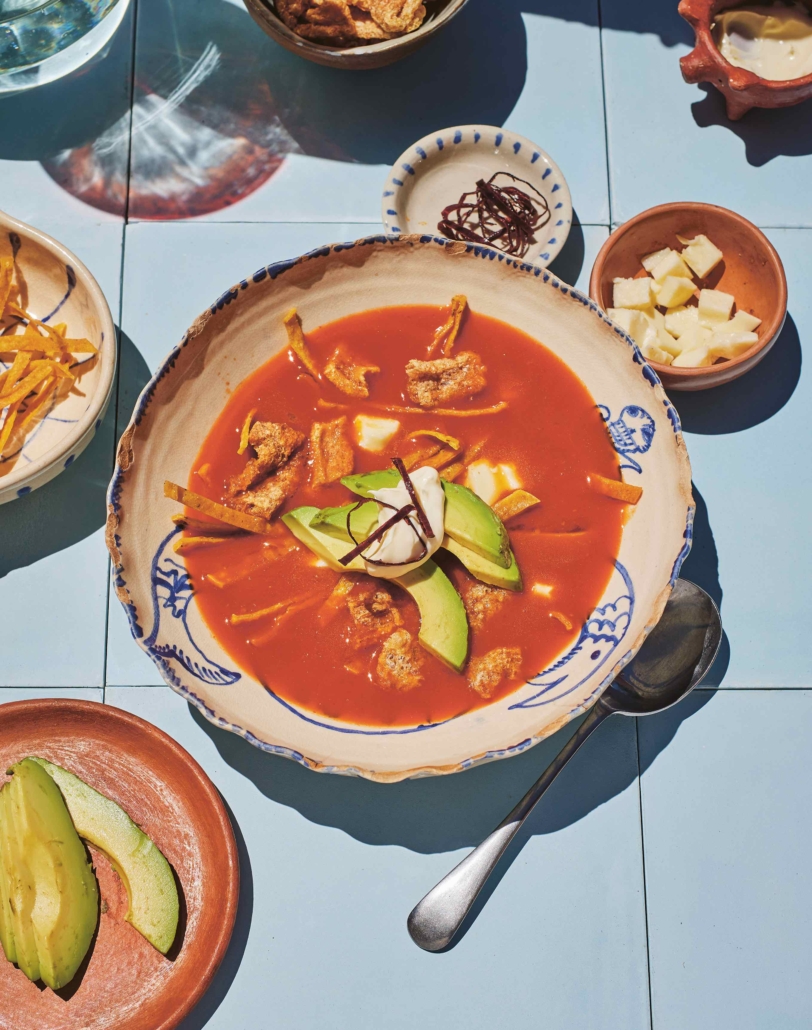
What makes this soup so delicious are the different textures – crispy tortilla strips, soft avocado, chewy cheese and a dollop of cream.
The soup is made in two stages. First is the soup base (which you can pre-make and keep in the freezer) and the second is the assembly. This recipe is traditionally made with chicken stock, but if you are vegetarian you can use vegetable stock instead.
Serves 2 litres (8 cups) / 6
2 litres (8 cups) chicken stock (see page 221 for homemade) or vegetable stock
Soup base
- 8 guajillo chillies, deseeded
- 2 garlic cloves
- 1½ brown onions, cut into chunks
- 700 g (1 lb 9 oz) ripe tomatoes
- ½ bunch coriander (cilantro), leaves picked
- 1 teaspoon dried Mexican oregano
- 1 teaspoon ground cumin
- 6 corn tortillas (shop-bought or see page 253 for homemade), cut into quarters
- 20 g (¾ oz) salt
To garnish
- 1 guajillo chilli, to garnish
- 6 stale corn tortillas (shop-bought or see below, or page 253, for homemade), to garnish
- 200 ml (7 fl oz) vegetable oil
- 1 avocado
- 200 g (7 oz) cheese (queso panela if you can get it, but mozzarella works, too)
- 100 g (3½ oz) chicharrón or pork crackling (omit for vegetarian)
- 100 ml (3½ fl oz) thickened (heavy) cream
For the soup base, soak the guajillo chillies in boiling water until soft, about 5 minutes.
Once soft, drain them and put them in a blender or food processor with the rest of the soup base ingredients. Blend on high until you have a soft paste – it shouldn’t have any grittiness. Pass the base through a fine-mesh strainer.
For the soup, bring the stock to a slow boil in a stockpot, then add the soup base. Simmer until the soup thickens, about 30 minutes.
Meanwhile, prepare the garnishes. Using scissors, carefully cut the guajillo chilli into thin rings and cut the stale tortillas into 5 mm (1⁄4 inch) wide strips.
Pour the vegetable oil into a small saucepan and heat to about 180°C (350°F). I use a thermometer to test the oil, but if a piece of bread dropped in the oil browns in about 15 seconds, the oil is at the correct temperature.
Fry the chilli until crispy – don’t let the chilli burn, this happens in about 5–10 seconds – then place on paper towel to drain.
In the same oil, fry the tortilla strips until crispy, about 3 minutes – these won’t burn as easily. Place the strips on paper towel.
Halve the avocado, remove the seed and cut into slices. Put all the garnishes in separate bowls on the table.
Serve the soup in a large bowl. Each person can add whichever garnishes they want. I recommend: a handful of tortilla strips, cheese, avocado, chicharrón, a drizzle of cream, then the fried chilli. Keep adding more as you eat.
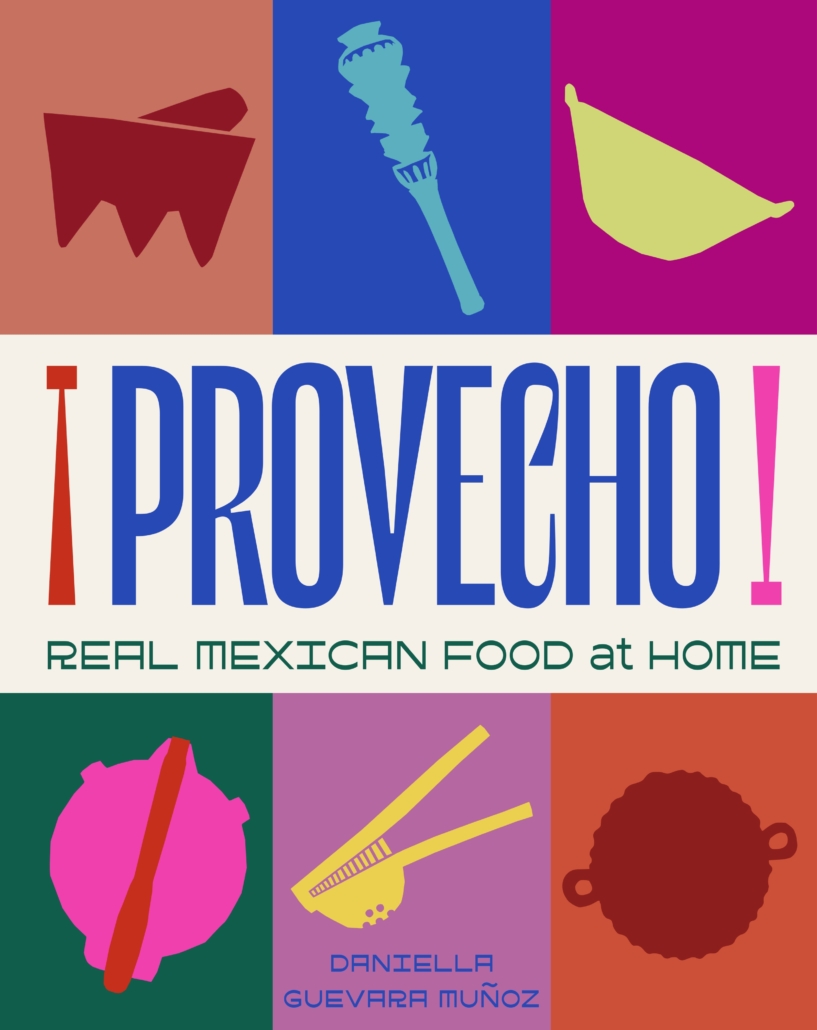
Corn tortillas
p.253
650 (1 lb 7 oz) Masa (page 250)
- 280 g (10 oz) masa harina (nixtamalised maize flour)
- ¼ teaspoon table salt (optional)
- about 375 ml (1½ cups) warm water
In a mixing bowl, combine the masa harina and salt (if using). Gradually add the warm water while stirring with your hands. Continue to add water until the dough comes together and becomes soft and pliable.
The dough should hold together but not be overly sticky. If it feels too dry, add a little more water. If it’s too wet, add a bit more masa harina. Knead the dough for about 10 minutes to get the best result. It should be smooth and well combined. It must have a Play-Doh– like consistency, quite soft and a little bit sticky.
A good test is to make a tortilla in a press between two sheets of thin sandwich-bag plastic (see page 253). If the edge of the tortilla has deep cracks, the masa is too dry. A rough edge is normal.
You can keep masa for a couple of days in the fridge in an airtight container. If you want to use it, take it out of the fridge about an hour before you plan to use it. Knead thoroughly with your hand and add some water if necessary.
Divide the masa into small balls (about 30 g/1 oz), slightly smaller than a golf ball. You can make them larger or smaller depending on your preference.
Preheat a comal, hotplate or non-stick frying pan over medium– high heat. Place a ball of masa between two sheets of sandwich-bag plastic in the tortilla press (see the photographs on the following pages).
Press down firmly to flatten it into a round tortilla shape. Rotate the flattened tortilla with the plastic sheets 180 degrees, then press again gently. The tortilla should be approximately 1–2 mm (1⁄16 inch) thick.
Carefully peel off one of the plastic sheets, then place the raw tortilla (with the plastic) on the palm of your hand. The tortilla should be half on your hand, half hanging freely. Peel off the second sheet of plastic.
Lay the tortilla on the preheated hotplate or in the pan by placing the freely hanging tortilla on the hotplate first, then letting the rest of the tortilla roll off your hands.
You should come in with your hand, palm facing up, at an angle of about 45 degrees. Once the tortilla has hit the hotplate, rotate your hands about 90 degrees, rotating your palm towards the hotplate, pulling away from the tortilla.
This movement, if done smoothly, should release the tortilla from your palm without the tortilla falling on itself. This is a tricky movement, and I suggest practising this on the bench first (no heat).
Cook for about 30–60 seconds until the edge curls up slightly. Flip with a spatula and cook the other side for about 60 seconds, then flip again – if all goes well, it will puff up on the last flip.
(Tip: Don’t try to fix a wrongly placed fresh tortilla; it will get worse.)
Remove the cooked tortilla from the hotplate and stack it with the others in a clean tea (dish) towel in a chiquihuite. The stacking is important, as it will keep cooking the tortilla. Serve the freshly made corn tortillas warm to make your tacos.

